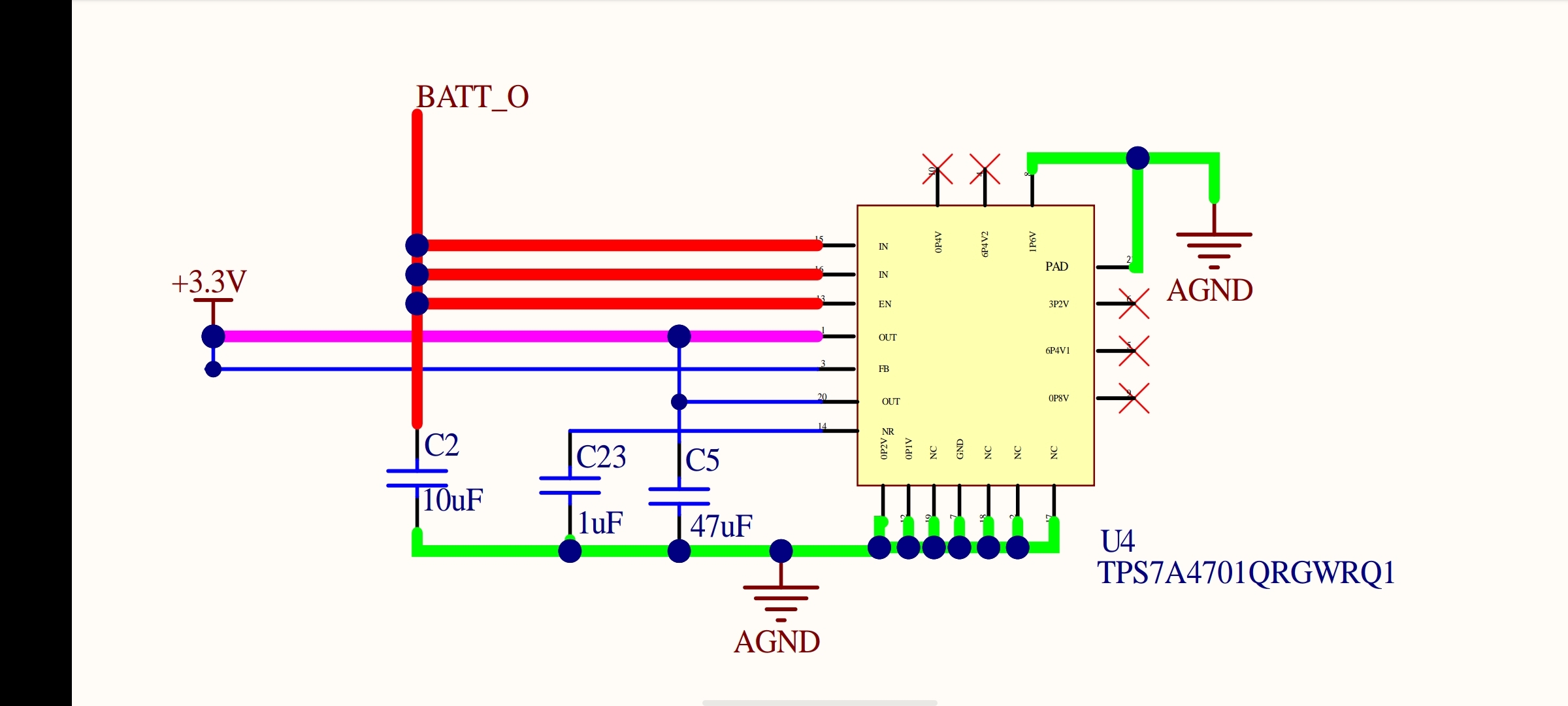I am using the voltage regulator for 3.3V output. Below is the circuit I am using.Issue I am facing is that whenever I give Vin =25V from battery source.The regulator gets burnt.Due to this my MCU gets damaged aslo.Please suggest what is the solution urgently.
-
Ask a related question
What is a related question?A related question is a question created from another question. When the related question is created, it will be automatically linked to the original question.


